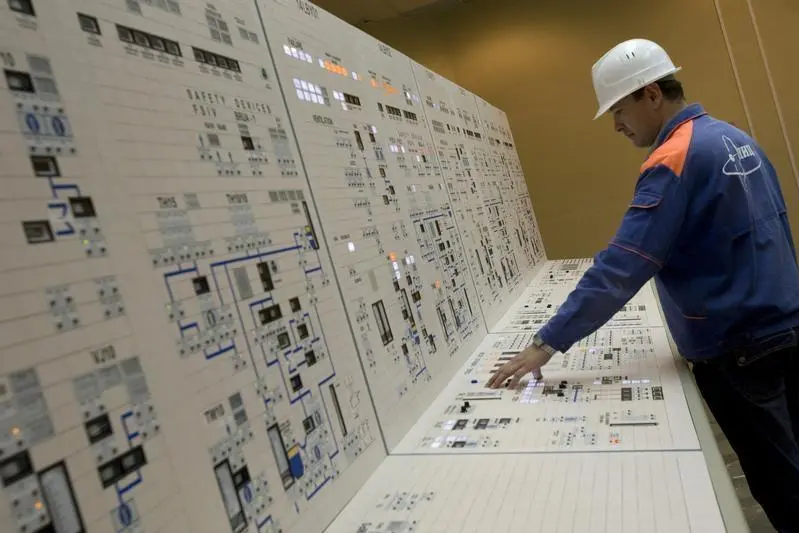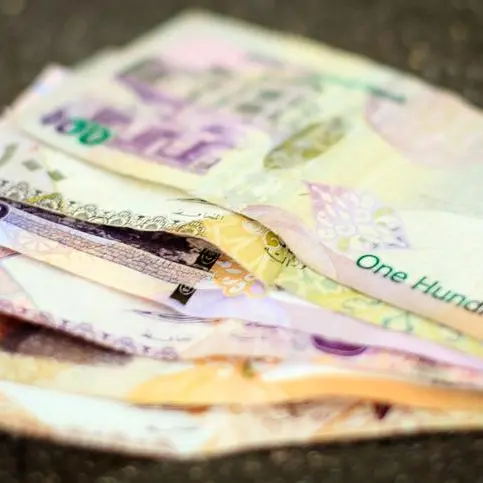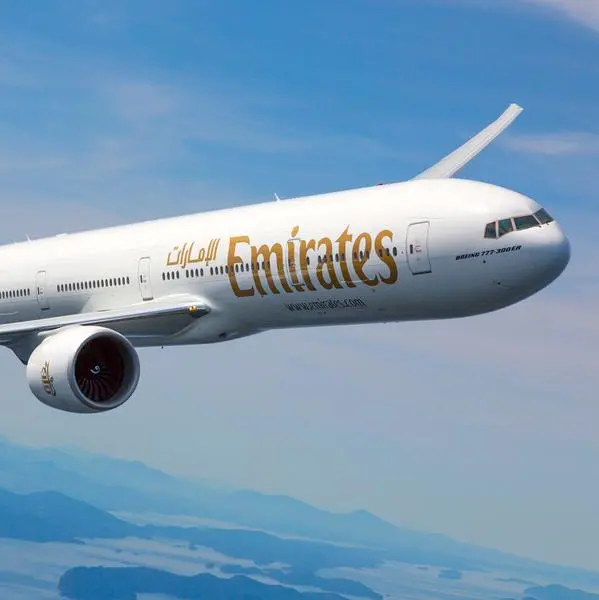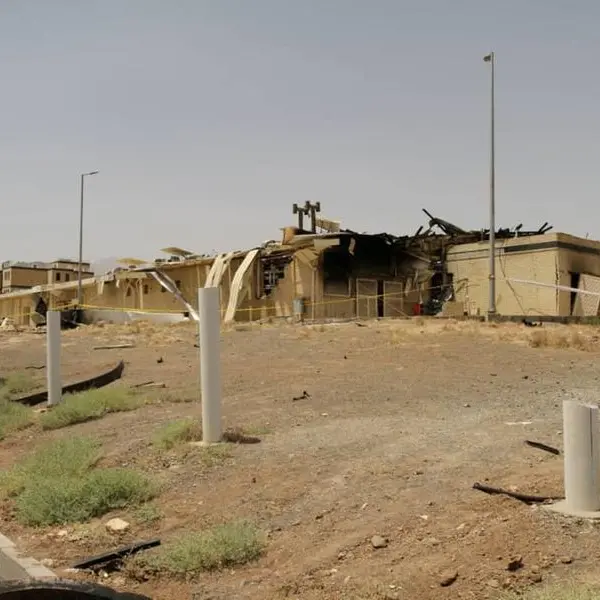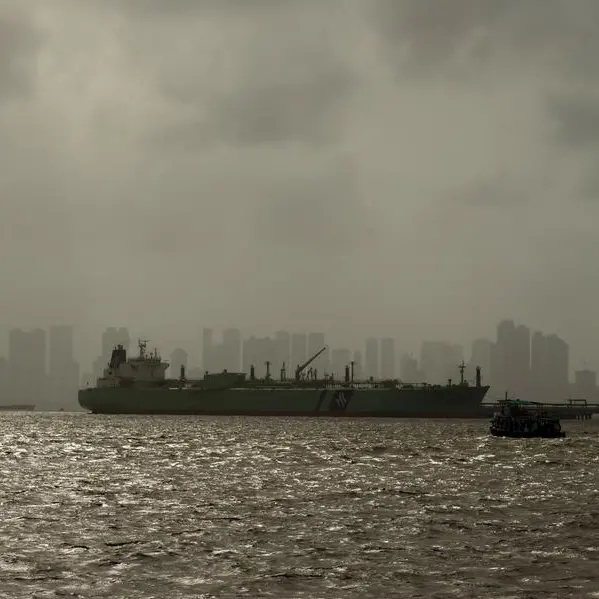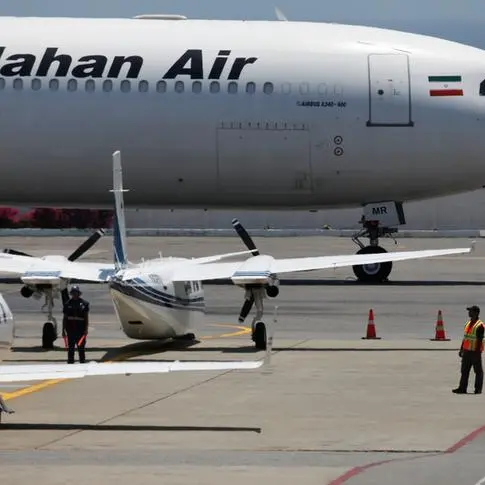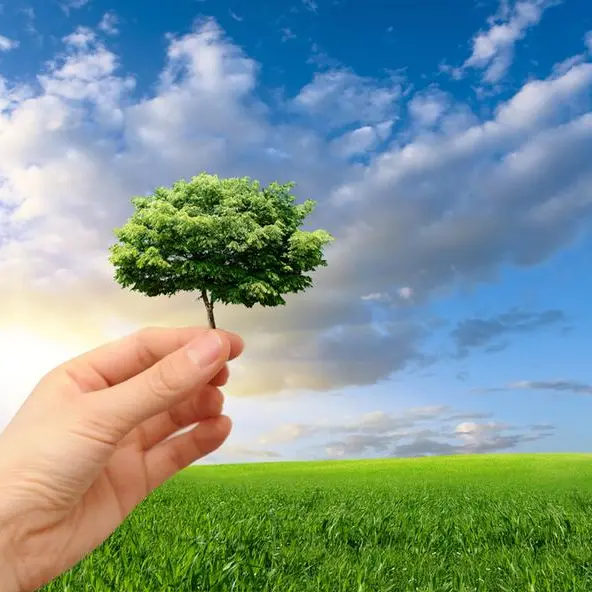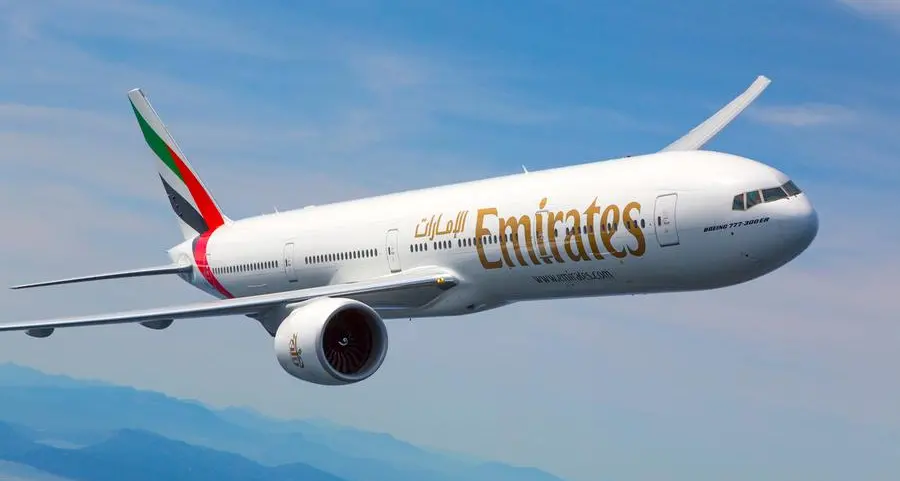PHOTO
14 July 2016
While Iran faces an increasing energy demand, Tehran is after increasing its capacity for generating electricity from solar energy as the Islamic Republic has a high solar power potential among renewable energy sources.
Although Iran enjoys the fourth largest oil reserves and the largest natural gas reserves in the world, many experts believe that conventional energy sources alone cannot meet the Middle Eastern country's energy demands.
Iran's current power generation capacity stands at around 74.5 megawatts (MW), of that some 12,000 MW is generated via hydroelectric power plants, 1,000 MW via a nuclear power plant and the remaining is produced by thermal power plants.
In the meantime, Energy Ministry has drawn up plans to produce 5 percent of the national generation of electricity from renewable sources. The plan envisages installation of 500 MW of new solar capacity by 2018.
It is noteworthy that the country's current capacity for producing renewable energy stands at about 232 MW, 0.31 percent of the country's total power generation capacity.
This is while, the German Solar Industry Association in a report last December suggested that Iran's potential for photovoltaic (PV/solar) cells is extremely high, having an excellent solar irradiation and high electricity demand.
Considering the fact that Iran's total area is around 1,600,000 square kilometers with about 300 clear sunny days in a year and an average 2,200 kilowatt hours (kWh) of solar radiation per square meter, the government's plan to lure foreign investors sounds realistic.
The government has already launched several solar energy projects, but the financial issues still remain as a major obstacle to developing the country's solar energy sector, therefore it is not clear when all the effort is going to show some results.
Just last July, when the historic nuclear deal was clinched between Tehran and the world's major powers, hopes of reaping fat profits from Iran's untapped market grew inside investors.
The nuclear deal also brought up hopes that Iran's ailing economy and aged industry will be built up again.
The country's energy sector drew much attention and a number of international investors rushed for Iran to join lucrative contracts and projects introduced with an aim to develop the country's energy sector, including solar power plants.
However, difficulties in re-establishing banking ties with the world seem to be among the main obstacles to fulfilling the plan.
Although the official announcements suggest that the sanctions against Iran have been removed, concerns over running afoul of US regulations have made the global bankers reluctant to do business with Iran, a main obstacle to doing any businesses in the Islamic Republic, including the energy sector and solar power plants.
© Trend News Agency 2016
